
Kälad – Arkamine
I first came across the name Kälad over 3 years ago. The band had only released 2 songs at the time and nothing about it would have qualified as prog to me. But after a number of line-up changes and a creative process which surely looked like an uphill struggle, at least through the lens of the internet, a lot has changed about their sound. By the time “Arkamine” was released, I could barely recognize the soft, whimsical musical entity seen in their first songs. They are now a beefy, headbangy and djenty sea monster, and I’m so here for it.
Don’t get me wrong, I liked the first songs. But they were going for a romanticized maritime aesthetic in typical symphonic metal ballad fashion. They were soft and fairy-tale-like. So when the first single from the debut album, ‘Inner Tide’ was released, and I was instantly bombarded with sliced, djenty riffs, screaming vocals and death metal drumming, I was quite honestly blindsided by their 180° shift in temper. The maritime aesthetic is still there though, but the sea is angry now.
I think what makes this album interesting is the way it manages to combine what may seem as pretty generic symphonic metal tropes (mermaid aesthetics and sailor motifs) with a modern djent and metalcore blend of sounds and heavy electronic effects. It’s almost like Spiritbox and Visions of Atlantis had a lovechild. I also feel like the mix of sounds and aesthetics is original enough so that they don’t have to pigeon-hole themselves into a gimmick, dressing like pirates or cosplaying whatever characters, in order to stand out. This allows for less predictability and more musical exploration and also enables them to show up as a full-on metal band. For all I know, the next album might not even have anything to do with maritime motifs at all, and it wouldn’t feel like they stopped being themselves.
Kälad – Inner Tide
But how does this blend work? How do you take such mythical imagery and mix it with djent or metalcore without making it feel like ketchup and mayonnaise on a chocolate ice-cream? I think the key is in the sound design and production and in figuring out how to match the aesthetics. The intro starts directly by mixing ethereal orchestrations and choral effects with a bit of electronic sounds and beats. It feels mystical but also slightly dystopian and it does a great job of opening up the listener’s musical taste buds to the strange mix of sounds that is about to unfold. By the time the band kicks in with ‘Inner Tide’, the electronic hints have already creeped into the sound. This first song comes out strong and takes no prisoners. It uses stormy sea imagery as an excuse to open up with a bang. There are many planted and groovy riffs with a sliced, djenty edge, fiery guitar leads, as well as making room for an open, bombastic chorus. There’s even a blasting death metal sounding section in the bridge. As the chaos unfolds, the electronic beats are just used to fill in the blanks over the moments where the drums stop, to keep some rhythmic continuity and build tension. The lyrics also feel like a metaphor for an inner struggle (visible even in the title) such that the stormy sea refers to one’s inner struggles and conflicts and how they can make you lose your way.
Once the storm has passed, ‘After the Storm’ seems to describe an aftermath in which maturity was achieved by properly navigating the challenges of the previous phase. Once again, the maritime motifs appear metaphorical, and while I couldn’t find the lyrics to the following songs, I tend to assume this becomes a pattern throughout the album. Thus, the artistic messaging is not bound by any fixed, spoon-fed story, which allows for more experimentation and makes the clash of symphonic and modern electronic elements far more coherent.
The metal groundwork is quite interesting. It varies from song to song, though the main elements seem to be a mix of djent, death metal riffs with a bit of de-tour into power metal elements (see ‘Shipwreck’). Some riffs are very groovy, catchy and headbangy (‘Luminescence’) while others are more sliced and technical. We even get some de-tuned moments. The album is also not short on solos. The lead sections are often short-lived and isolated but properly integrated into the songs. They show plenty of technical skill as well as enough melodic flare to match the dramatic imagery. The bass plays a lot with fluidity and is decently isolated from the guitar parts so you can always pick it up if you focus on it. And the drums mix groove, open sections, picked-up moments and fast double-bass effortlessly. Production-wise, the drums sound very thunderous, and mixed with the boomy guitar and bass tones, they put forward a massive sound. It is, however, not quite as hi-fi as your typical djent or metalcore band. The distortion is more noisy and muscular as opposed to mechanical, and this gives a raw edge to the music as well.
Kälad – After the Storm
With such a powerful instrumental groundwork, vocalist Julieta Ruiseco sure needs to be a powerhouse to match the energy. But that is no issue. She has a lot of volume on her clean singing, with most parts coming across as belting. If anything she goes slightly too far on the power and tends to go all in even on moments where I feel a more chill approach would work (‘After the Storm’ chorus). But for the most part, her delivery is satisfying and a good match for the music. I love her slightly nasal approach that somehow doesn’t lose power. Her screams are exciting as well. She has a somewhat black metal shriek, but it isn’t quite as raw and demonic as in black metal. Due to how it is produced and placed in the mix, it sounds more deep, watery and inhuman, almost like a dark counterpart to the clean vocal section. There are also some parts with a lot of robotic filtering on the vocals (‘After the Storm’, ‘Broken Compass’).
Now, I know attention spans are scarce these days, with political news triggering all our self-defense reflexes and online algorithms constantly trying to get us addicted to something, but “Arkamine” is just over 30 minutes long, and if you sit through the whole thing, you’ll get rewarded with a massive, soaring build-up that layers multiple vocal lines, orchestrations and guitar leads to end the album with a bang just as fabulous as the one they opened it with. And something tells me you want that more than you want to doom scroll, so I recommend you to give this album your attention and make up your own opinion. After all, you had enough time to make it through my rant about it, so what’s another 30 minutes to actually experience the music?
Track List:
- Arkamine (01:34)
- Inner Tide (04:11)
- After the Storm (03:57)
- Shipwreck (03:33)
- Luminescence (04:13)
- Sons of Water (04:12)
- Ultramarine (04:19)
- Broken Compass (06:31)








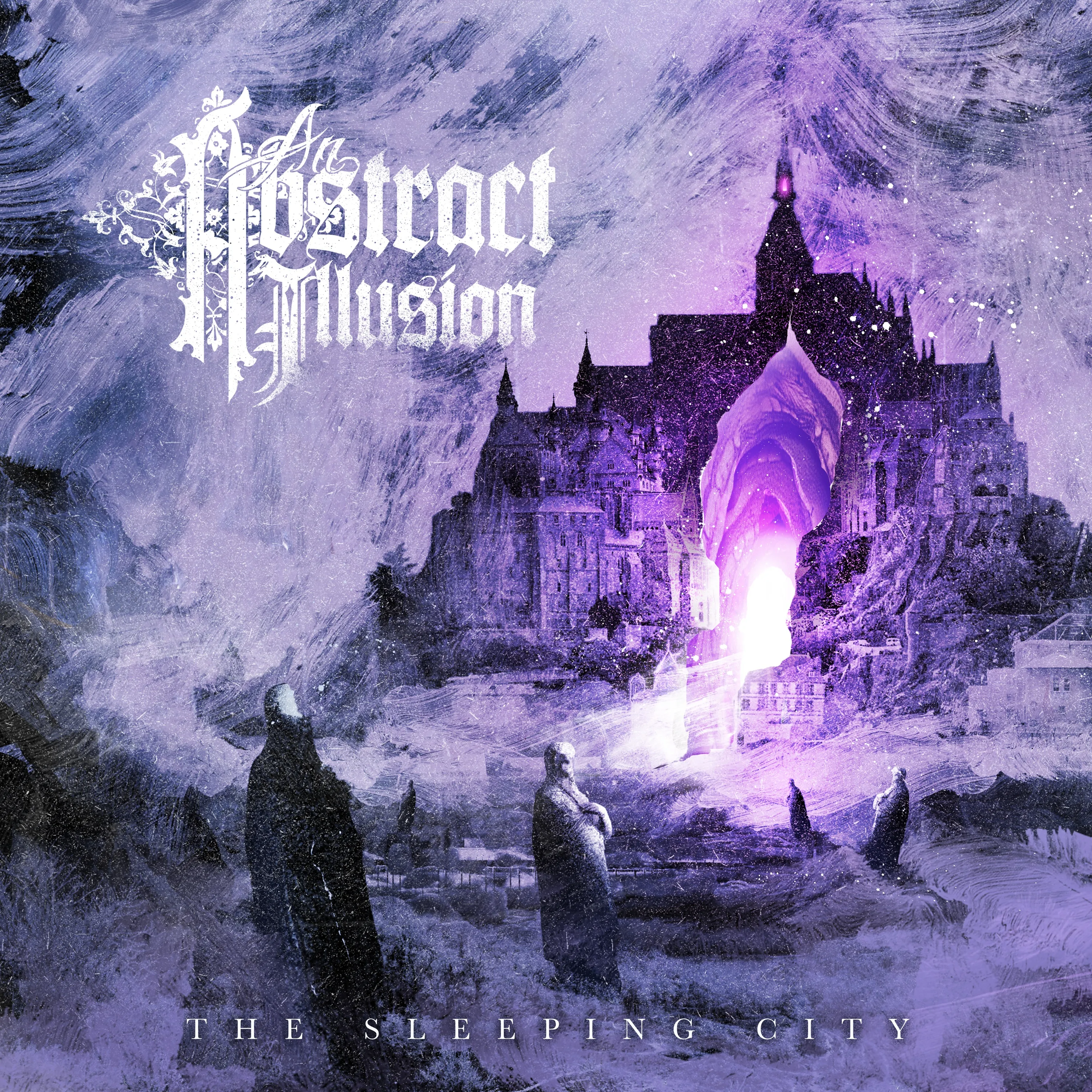

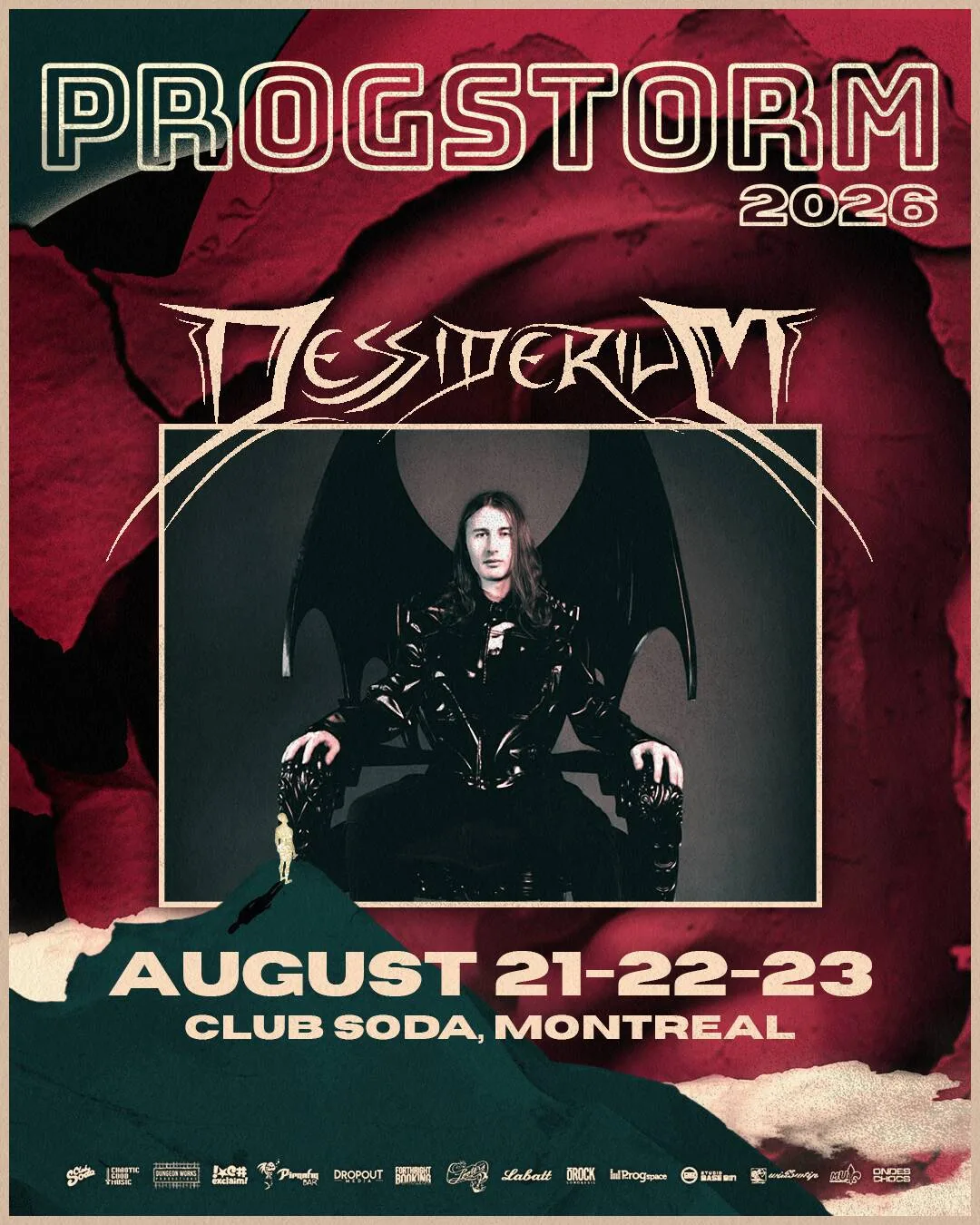


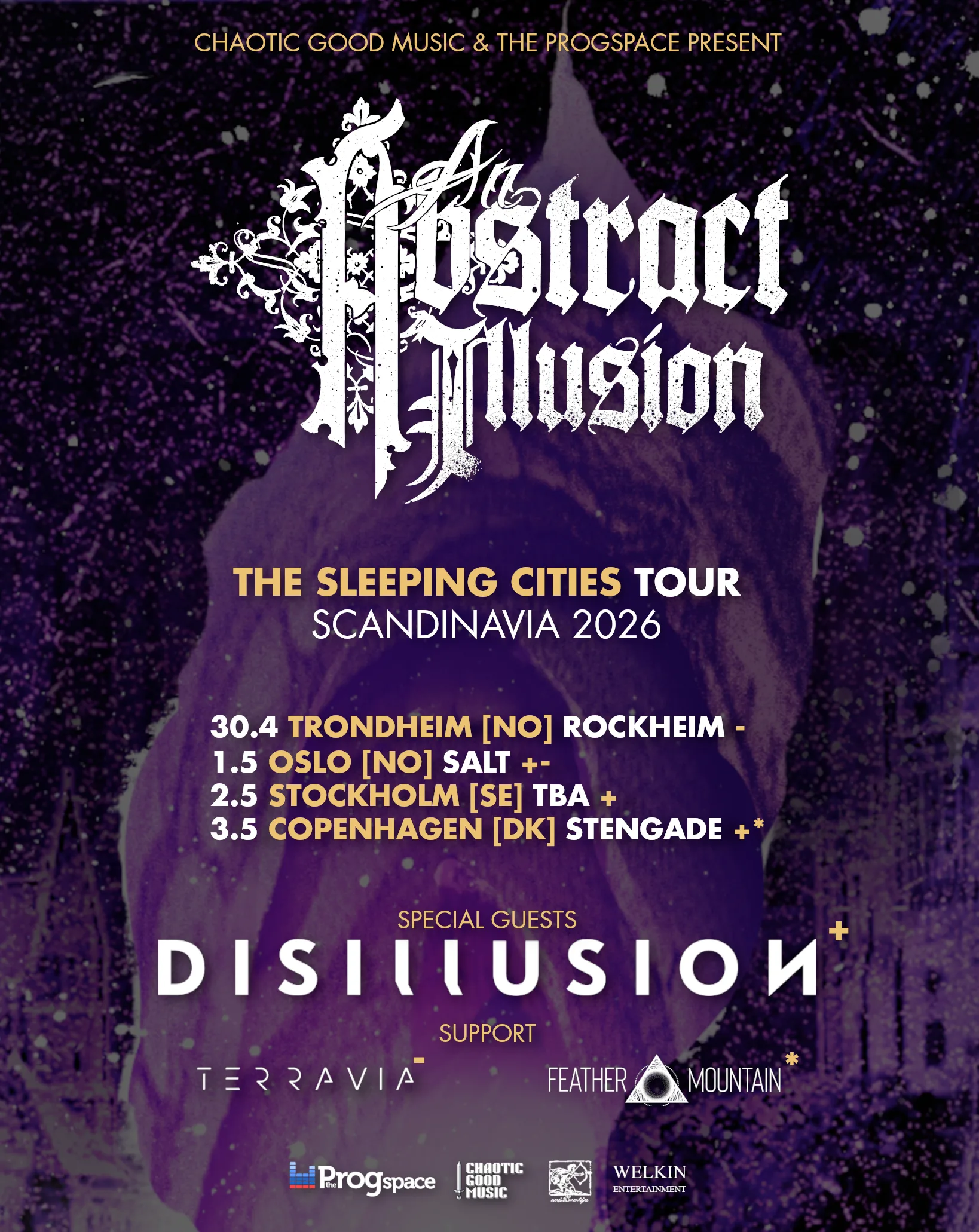



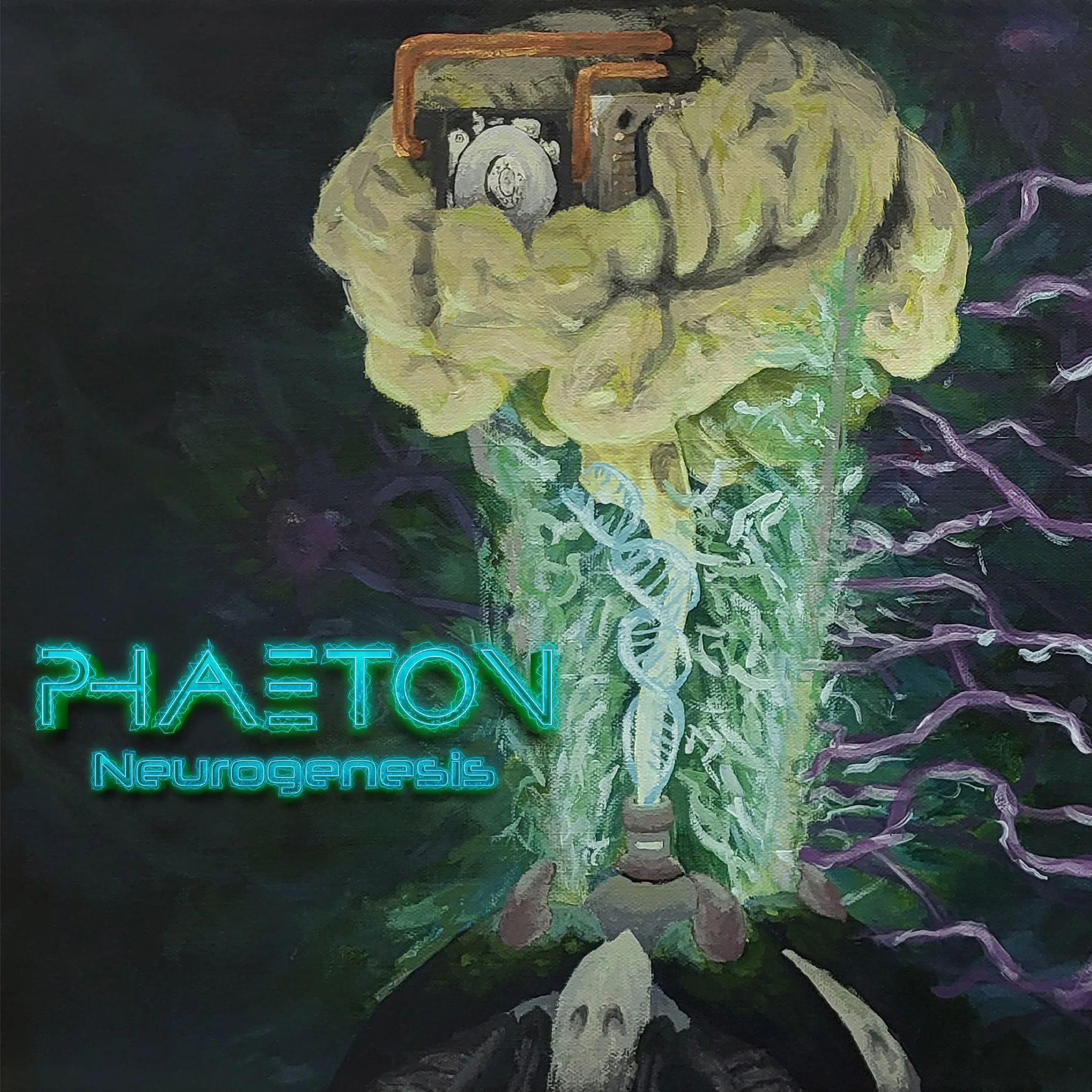




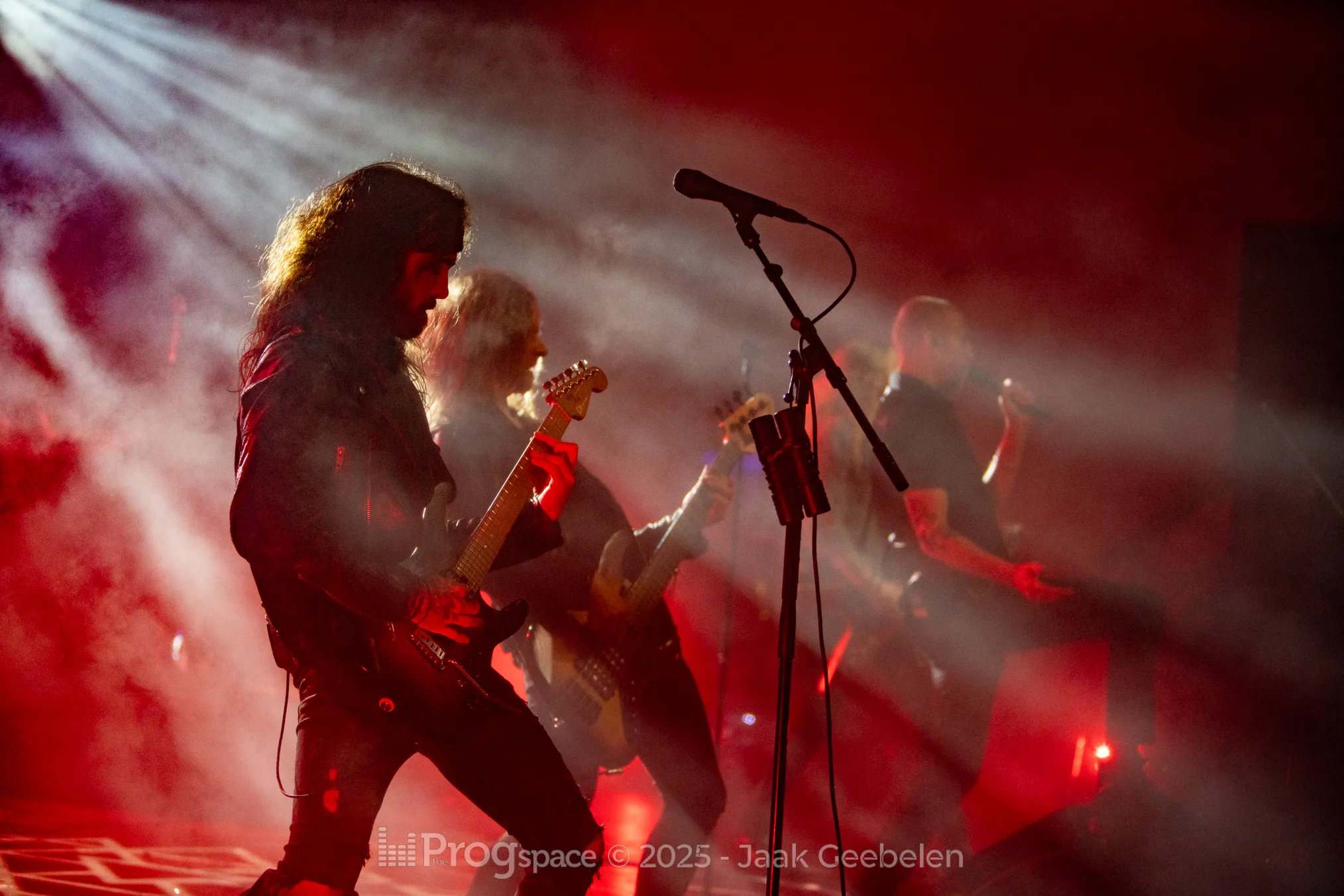












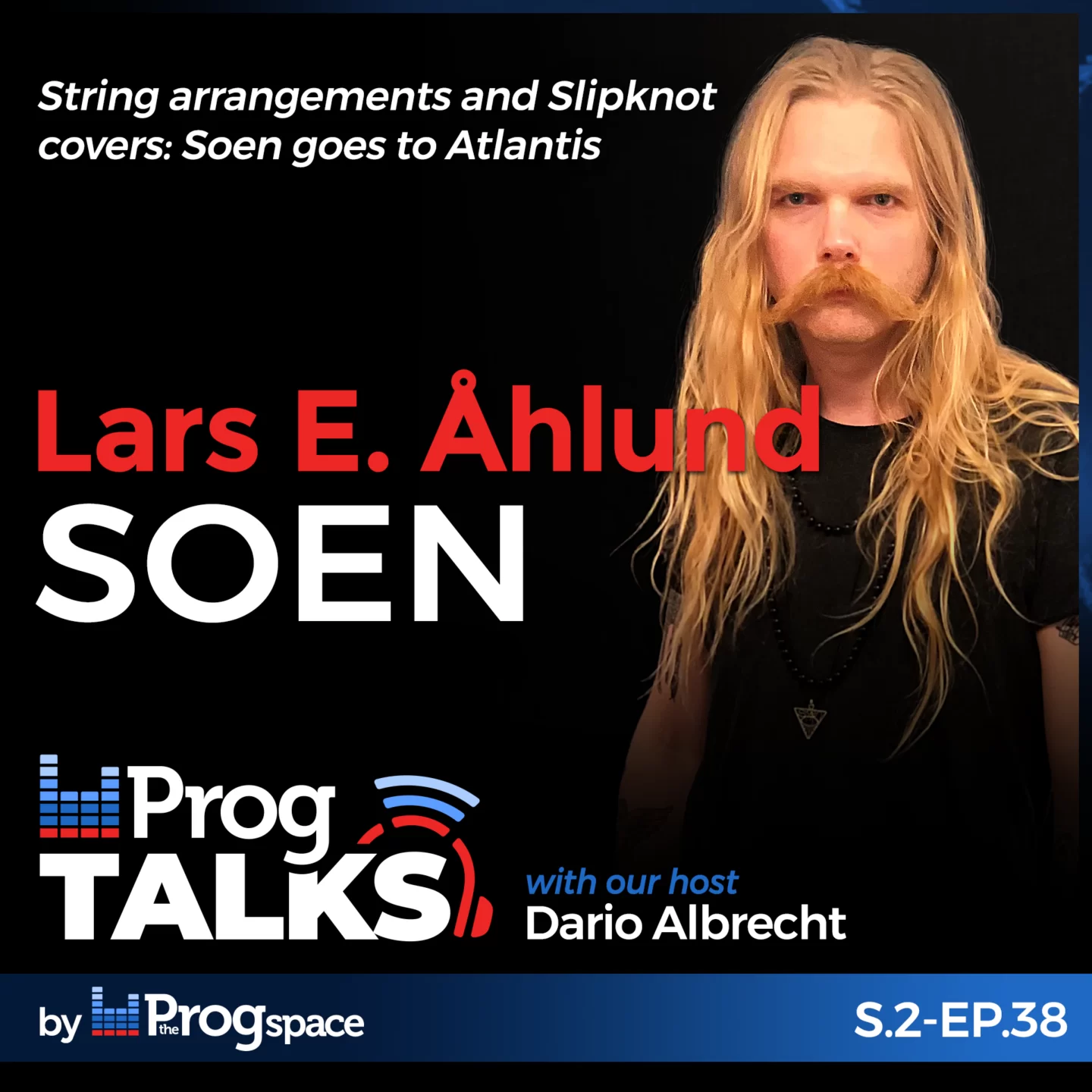









 We’re a group of Prog-lovers who started a journey to share with you our thoughts about albums, concerts, tours and festivals, the photo galleries of the Prog concerts we visit, as well interviews with upcoming or established musicians or prog-related people. Follow our Facebook page for frequent updates and news around the Progniverse.
We’re a group of Prog-lovers who started a journey to share with you our thoughts about albums, concerts, tours and festivals, the photo galleries of the Prog concerts we visit, as well interviews with upcoming or established musicians or prog-related people. Follow our Facebook page for frequent updates and news around the Progniverse.